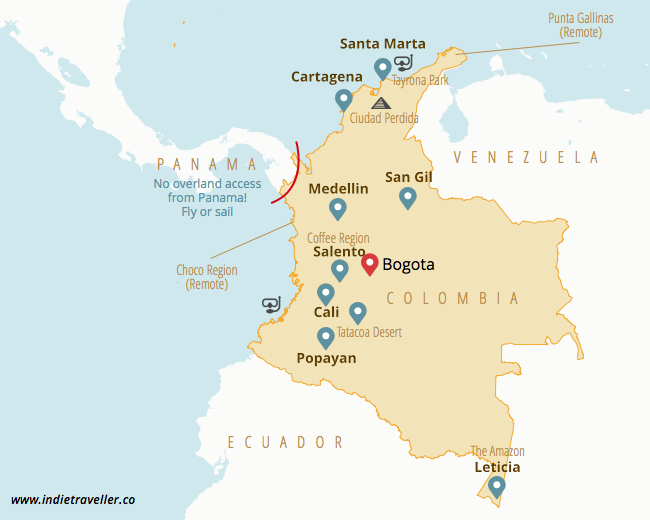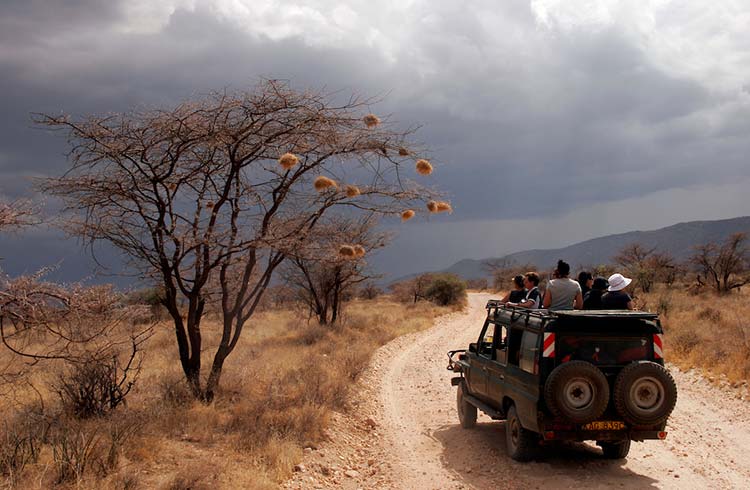Safety concerns in Venezuela
As someone who has lived in Caracas, Venezuela for over a year, safety is a major concern that travelers should be aware of when considering a trip to the country. Venezuela, especially the capital city of Caracas, has seen a significant rise in violent crime and civil unrest in recent years. During my time there, I was robbed at gunpoint at a bus stop and frequently shaken down by corrupt military and police forces. Basic necessities like food and fuel are also becoming increasingly scarce as the country faces economic and political turmoil. While Venezuela has stunning natural beauty along its beaches and in its mountains and jungles, the deteriorating security situation makes travel difficult and dangerous. Many Venezuelans are seeking to emigrate as soon as possible to escape rampant crime, shortages, and hyperinflation. For travelers, it’s best to avoid Venezuela altogether for now or only visit more stable areas in the north or south with a knowledgeable local guide. The highways around major cities like Caracas should be given a wide berth due to high rates of carjackings and robberies.

Colombia offers a safer travel experience
In contrast to its neighbor, Colombia has transformed dramatically over the past decade and is now generally considered much safer to visit for independent travelers. As someone who has lived in Colombia their whole life, they can attest that independent travel by motorcycle or hitchhiking is feasible thanks to reduced security threats from guerrilla and paramilitary groups. While rural areas still warrant caution, major cities and highways can be navigated without much concern for political violence or armed conflict. The government has achieved peace deals with most guerrilla groups and reconsolidated control over formerly lawless territories. Common threats like street crime are still present, but on par with other Latin American countries and do not pose significant dangers. Travelers should exercise normal safety precautions around major cities. Police corruption also remains problematic and should be avoided when possible. But overall, spending extensive time backpacking around Colombia exposed no evidence of the violence often portrayed in foreign news reports. With friendly locals, beautiful scenery, and a burgeoning tourism industry, Colombia has established itself as a premier backpacking destination in South America.
Routes through Colombia by motorcycle
A popular way to explore Colombia is by motorcycle due to the range of driving conditions and landscapes along road routes connecting cities. One example is the journey from the southwest city of Tulua to the northeastern border town of Cucuta. This coast-to-coast route would pass through varied terrain from jungle lowlands to Andean mountains over the course of 2-3 weeks of riding. Beyond the scenic rewards, motorcycling in Colombia provides a sense of independence and flexibility lacking from bus or car travel. While toll roads require fees, the low costs of motorcycle touring make even long-distance trips affordable. Basic repairs and supplies are available in most towns. For experienced riders, venturing along secondary roads opens up opportunities to interact with rural communities off the beaten path.
Hitchhiking with ease through rural areas
For budget travelers on even tighter schedules, hitchhiking can cover ground even faster than riding solo on a bike. During my six months spent backpacking through Colombia, I predominantly relied on thumbing rides to get between destinations. To my pleasant surprise, waits for lifts were rarely long even in remote countryside due to the hospitality of locals. Colombian drivers took pride in assisting strangers with directions or offering rides if there was room in the cab. Conversations along the way revealed intimate portraits of rural life I wouldn’t have seen from buses. Whether hopping between coffee plantations in the Zona Cafetera or mountain towns in the Sierra Nevada de Santa Marta, open roads meant open doors from drivers willing to share life experiences over a couple hours on the highway.
Visiting indigenous communities in Cauca
As one of the regions most impacted by La Violencia in the mid-20th century, the southwestern department of Cauca retains rebel tensions and poor infrastructure legacies of the past conflicts. However, its rugged landscapes and indigenous towns also cultivate an authentic cultural charm missing from more developed areas. During my travels, the hospitable comandante of a remote reserve helped arrange overnight stays with Nasa families, allowing a unique perspective on their traditions and struggles for autonomy. While access may require permission or guides due to security, respectful visits provide opportunities to support artisan cooperatives and learn directly from native customs still practiced for centuries in isolation. Cauca’s friendly people and mystic ambiances create lasting memories surpassing any drawbacks of the rough backroads.
Navigating cities as a solo traveler
While Colombia’s reputation for urban dangers has diminished, major population centers still merit standard travel precautions applied in any Latin American metropolis. Bogota, with over 8 million residents, exemplifies both the vibrancy and volatility of large cities in the region. Staying in hostels centrally located yet gated provides safe bases for exploring the neighborhoods, parks and museums filling days in the capital. Always be aware of surroundings on buses and the metro, avoid displaying expensive electronics in public, and don’t accept invitations you feel unsure about—especially late at night or to isolated areas. However, simple vigilance and following local behavioral norms enables experiencing world-class culture and nightlife alongside Caleños without meaningful risks to well-being or property. Allocating several days permits soaking in the diversity and energy of urban Colombia in a secure manner.
Wrapping Up the Journey
Between the hospitality of locals, natural wonders, and improved stability, Colombia has reaffirmed its status as a premier backpacking destination fulfilling the adventurous spirit. Despite lingering disadvantages like corruption and poverty’s scars, even formerly taboo regions prove welcomingly integrated into the rising tourism economy. With dedication to responsible and respectful travel, independent explorations offer life-shaping insights beyond standard package tours.
After a year spent throughout its diverse landscapes, I departed with profound gratitude for the kindness of strangers who reinforced humanity’s basic goodness, even amid society’s flaws. Colombia leaves wondering travelers with emotional riches far surpassing any traveler’s initial expectations or precautions. Its welcoming people and living cultures create lasting connections that will inspire return trips for years to follow.

 Travel Safety in Kenya: A Complete Guide
Travel Safety in Kenya: A Complete Guide